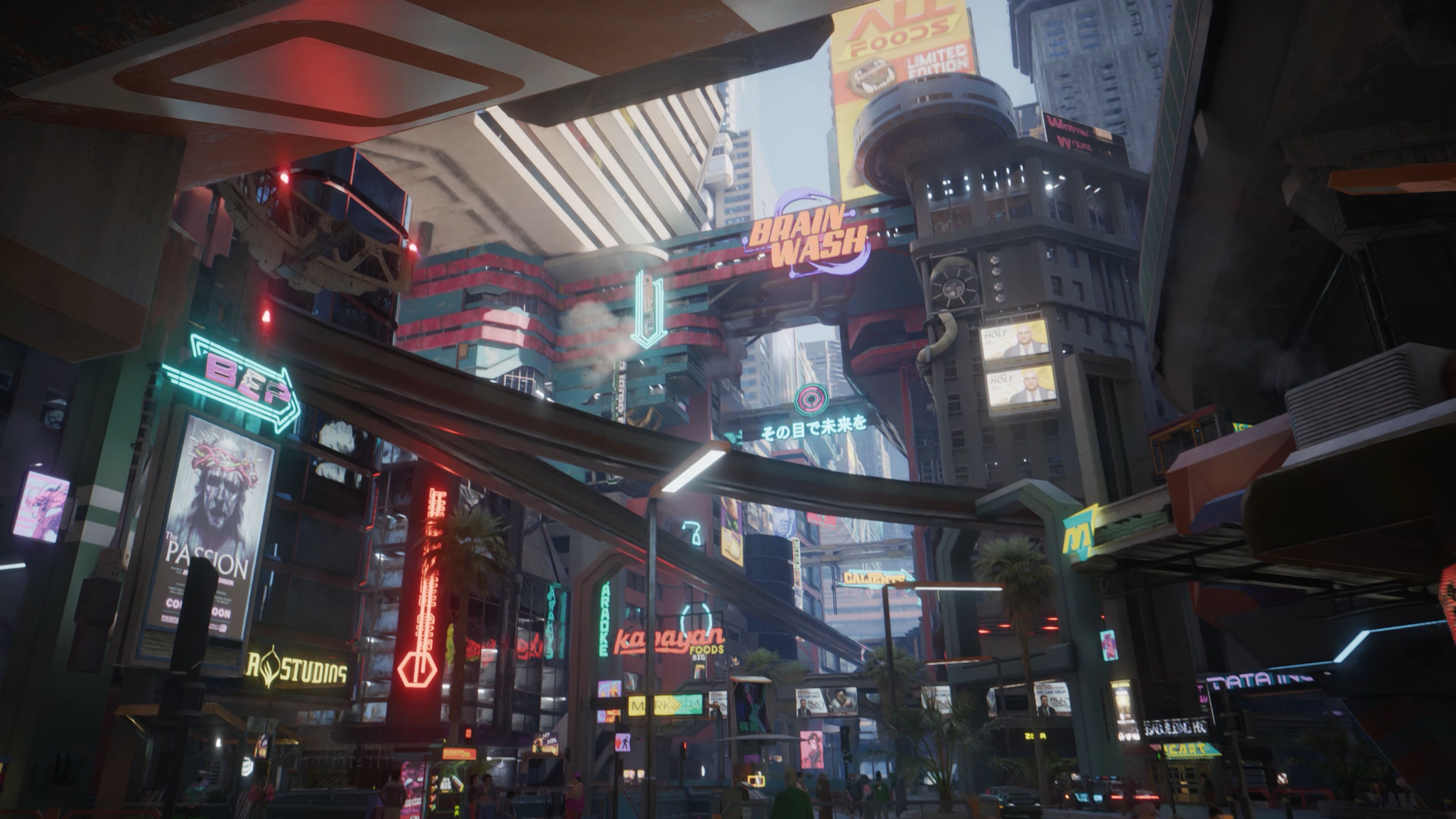Predator: Hunting Grounds Score: Asymmetrical Hunting
Few games capture the essence of asymmetric multiplayer combat as effectively as Predator: Hunting Grounds. Developed by IllFonic and published by Sony Interactive Entertainment, this game thrusts players into the heart of the iconic Predator universe, pitting a team of elite human soldiers against a single, overpowering alien hunter. The asymmetrical nature of the game creates a tense, adrenaline-fueled experience where strategy, teamwork, and raw skill determine victory.
The Core Asymmetry: Fireteam vs. Predator
At its core, Predator: Hunting Grounds is a 4v1 multiplayer shooter where four human players form a Fireteam, completing objectives while evading—or engaging—a single Predator player. The Fireteam operates as a coordinated unit, relying on firepower, communication, and tactical positioning. Meanwhile, the Predator is a lone hunter, utilizing stealth, advanced technology, and brutal melee attacks to eliminate its prey.
This asymmetry is what makes the game thrilling. The Fireteam must balance mission objectives with survival, knowing that at any moment, the Predator could strike. Conversely, the Predator must carefully choose when to engage, as reckless attacks can lead to a swift demise against a well-prepared Fireteam.

The Fireteam: Strength in Numbers
Playing as the Fireteam requires teamwork and precision. Each member selects a class—Assault, Recon, Support, or Scout—each with unique weapons, perks, and abilities. Recon specialists excel at spotting the Predator early, while Assault players deal heavy damage. Support provides healing and suppression, and Scouts move swiftly, gathering intel.
The Fireteam’s primary goal is to complete objectives—extracting intel, sabotaging enemy camps, or eliminating high-value targets—before extracting via helicopter. However, the looming threat of the Predator forces players to stay alert. The jungle environment is dense, offering cover but also concealing the Predator’s movements.
Communication is key. A silent team is a dead team. Players must call out sightings, share ammo, and revive fallen comrades. Without coordination, even the most skilled Fireteam can be picked apart by a patient Predator.
The Predator: Apex Hunter
Playing as the Predator is an entirely different experience. Unlike the Fireteam’s reliance on teamwork, the Predator thrives on isolation and calculated aggression. Armed with a plasma caster, wrist blades, cloaking technology, and thermal vision, the Predator is a nightmare made manifest.
The Predator’s gameplay revolves around stalking. Jumping between trees, cloaking, and observing the Fireteam from above builds tension. A skilled Predator waits for the perfect moment—when the team is distracted by AI enemies or separated—before striking.
However, the Predator is not invincible. Overextending or engaging recklessly leads to disaster. The Fireteam’s combined firepower can quickly overwhelm the alien hunter, forcing it to retreat and heal. Managing energy (used for cloaking and abilities) is crucial, as running out leaves the Predator vulnerable.
Balancing the Hunt
Asymmetrical games live or die by balance, and Predator: Hunting Grounds walks a fine line. A well-coordinated Fireteam can dominate, while an experienced Predator can dismantle a disorganized squad with ease. The game’s balance hinges on several factors:
- Predator’s Tools: The Predator’s arsenal allows for hit-and-run tactics, but prolonged exposure to gunfire is fatal.
- Fireteam’s Awareness: Spotting the Predator early (via mud camouflage or motion sensors) gives the Fireteam a fighting chance.
- Mission Pressure: The Fireteam must juggle objectives while defending against the Predator, creating a dynamic risk-reward scenario.
Some players argue the Predator is overpowered in skilled hands, while others claim a stacked Fireteam can shut down the hunter too easily. Updates and patches have refined this balance, but the asymmetrical nature ensures no two matches play the same.
The Thrill of the Hunt
What makes Predator: Hunting Grounds stand out is its ability to replicate the tension of the films. The Fireteam’s panic when the Predator’s clicking echoes through the trees, the Predator’s satisfaction in executing a flawless ambush—these moments create unforgettable gameplay.
The asymmetrical design also encourages replayability. Playing as the Fireteam teaches teamwork and situational awareness, while mastering the Predator demands patience and precision. Each role offers a distinct adrenaline rush, making every match unpredictable.
Conclusion
Predator: Hunting Grounds succeeds by embracing its asymmetrical premise. The cat-and-mouse dynamic between Fireteam and Predator delivers intense, strategic battles that honor the source material. While not without flaws, its unique approach to multiplayer combat ensures a thrilling experience for fans of the franchise and competitive shooters alike.
In the end, the hunt is what matters—and in this game, every hunt is a battle for survival.














